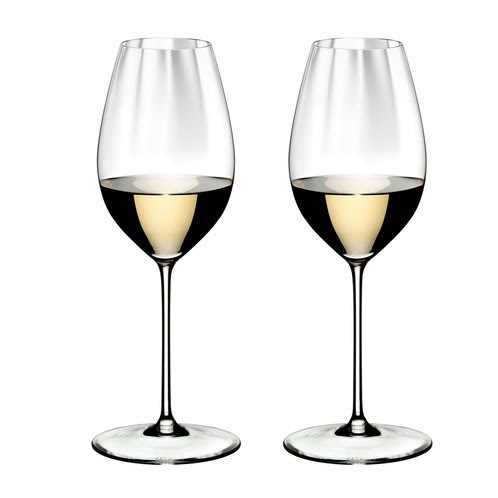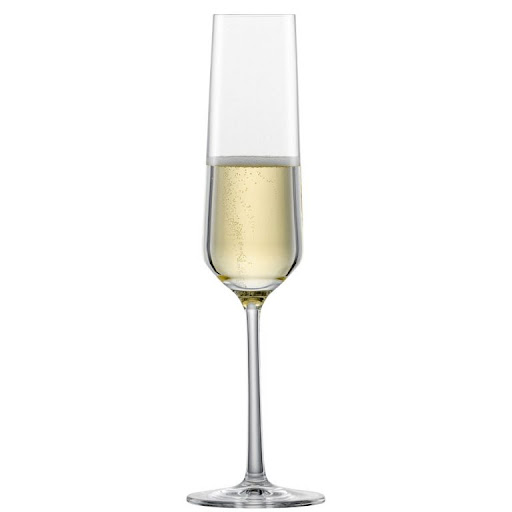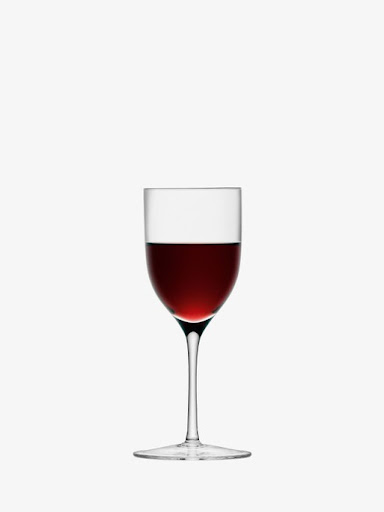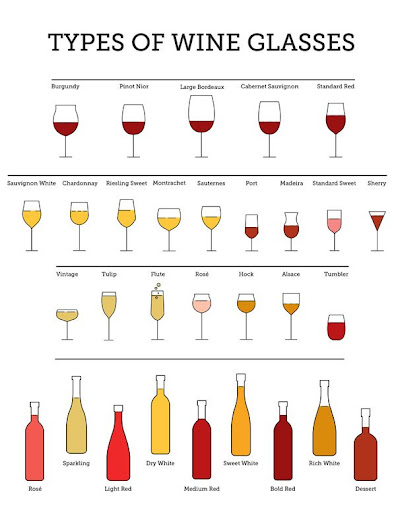What is one of the most notable things about wine? I would argue it is the glassware. The cool looking bulb on a stem that houses the exquisite nectar just feels right. Imagine having wine in a water glass – it just would not do. Besides the spectacle , there is actually a scientific reason for using such glassware to serve wine. The design of the glassware has been specified to allow air to come into contact with the wine so that it can breathe.
To breathe? What does that mean? Wine is alive – it is constantly evolving in the bottle. When wine comes into contact with oxygen, it wakes up and all the dormant flavors and aromas start to emerge after hibernating in the bottle. The shape of the glass is important in allowing air to make contact with the wine which catalyses the real-time development in the glass.
The Anatomy of a Wine Glass
The anatomy of a wine glass is composed of 4 parts; the base, the stem, the bowl, and the rim. The base gives the glass it’s stability. The stem raises the glass while giving the drinker something to hold on to. This is important because the stem moderates the temperature of the wine and eliminates the possibility of fingerprints on the bowl. The bowl, arguably the most important aspect, is the vessel that actually holds the sweet nectar of the vines. The bowl aught to be large enough to comfortably swirl without spilling. The upper most part of the bowl is called the rim with the higher quality glasses sporting a rim that is smooth and thin as to not impede the flow of wine or distract the drinker whilst sipping.
Now not all wines require the same shaped bowl, however. Red, white, rose, and sparkling wines all utilize different shaped glassware as they all have different requirements.
Red Wine

Red wine should be served in larger-sized glassware such as the Bordeaux or Burgundy glasses. This allows more air to come into contact with the wine and accelerates the breathing process as the bigger reds generally need more time to wake up. The airflow in the glass allows the flavors and aromas to develop and the stringent alcoholic notes, which can generally be tasted immediately after a bottle is opened, to melt away.
White & Rose Wine

Because most White and Rose wine is fresh and young, they don’t need as much air to wake up. Medium sized, narrower glassware is used so that the fresh, fruit aromas and characteristics can be gathered and directed to the top of the glass.
Sparkling Wine

Sparkling wines are best served in flute glasses. The flute has a narrow and long bowl which enhances the effects of the bubbles by allowing them to travel through a larger volume of wine before bursting at the top of the glass. This enhances the aroma and spritz of your sparkling delight.
Fortified Wines

Fortified wines should be served in small glasses. This puts emphasis on the fruit and sweetness rather than the alcohol (which fortified wines have much more of).
Keep your Glasses Clean!
The most important aspect of your glass is cleanliness. Even the slightest taint can ruin the entire experience and thus waste that expensive bottle of wine you are enjoying. This can also apply to ‘clean’ glasses which have lingering dishwashing soap remnants. At the Wine Club, we clean our wine glasses with boiling water and polish with a linen cloth.
While wine is much more than the glass it is served in, a lot of effort and experience has shown us the best way to experience it. Wine glasses look fancy and beautiful, but it is not due to vanity, it’s due to the proven nature of these vessels to enhance the flavor and aroma of the wine you invest so much in to enjoy. So, if you are interested in stepping up your wine game, make sure you take the glass you drink it from into consideration.


